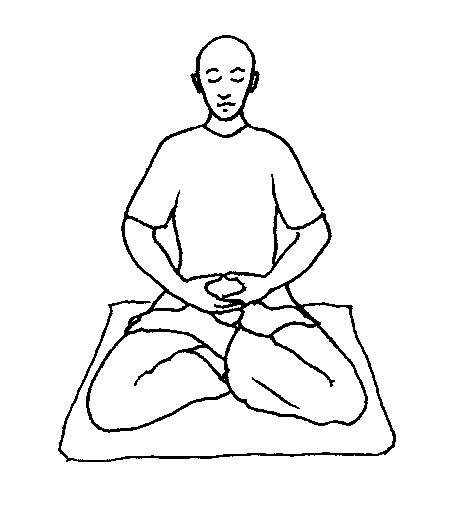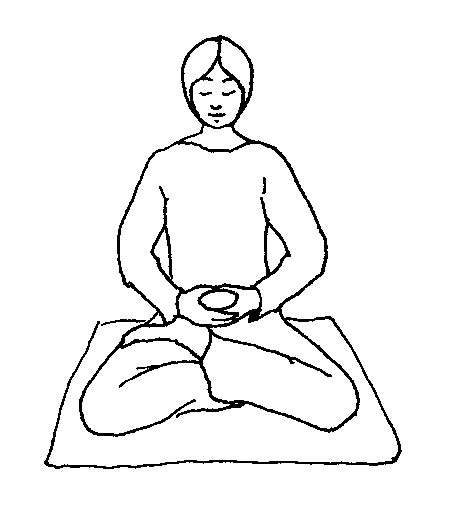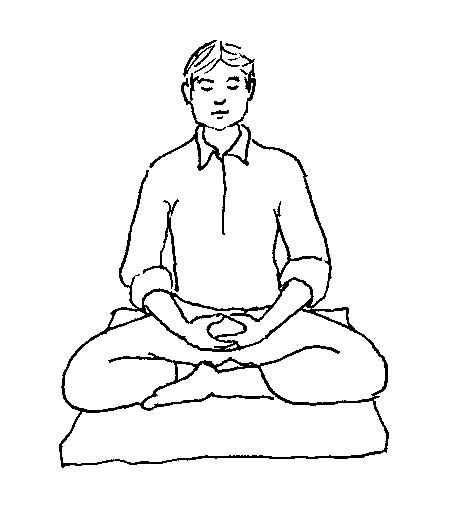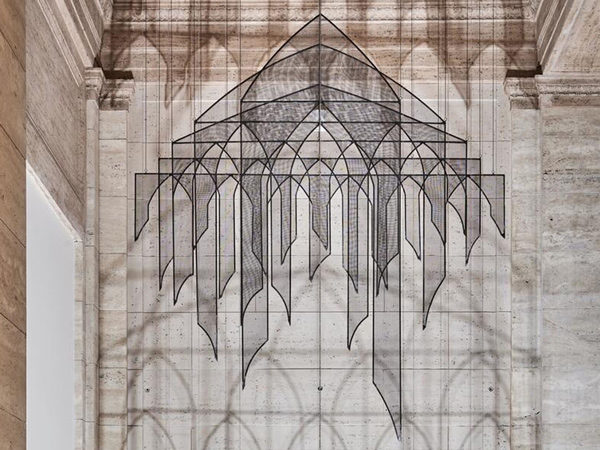Activity
Getting Started with Zazen (Seated Meditation)

Zazen (Seated Meditation)
Introduction:
In Zen Buddhism, zazen (pronounced: zah-zen) is a sitting meditation. Zazen is not focusing on a specific object or thought. Instead, it is the liberating of one’s mind of all thought into a state of emptiness (a complete emptiness that is also complete fullness) from which the practitioner hopes to experience spontaneous awakening to the inner self (enlightenment). In Zen temples and monasteries, practitioners traditionally sit zazen as a group in a meditation hall. The practitioner sits on a cushion placed on top of a low, flat mat. Before taking one’s seat, and after rising at the end of the period of zazen, a Zen practitioner performs a bow to their seat, and a second bow to fellow practitioners. The beginning of a period of zazen is traditionally announced by ringing a bell three times (shijosho), and the end of a round by ringing the bell either once or twice.
Procedure:
Meditation is best practiced in a quiet, private space. Locate an area where you will not be disturbed by noises such as from a television or radio. Review the following steps to assist you in learning the art of meditation. Now you may begin your studies in zazen.
Tip: Find a balanced sitting position by first swaying back and forth in a large pendulum motion. Gradually sway less until you stop in the center position.
- Remove your shoes.
- You may chose to face the wall (just as Bodhidarma did, and the Soto school practitioners do) or face into the room (as the Rinzai school practitioners do).
- Sit cross-legged on the cushions. Find a comfortable position, sitting close to the edge of the round cushion. If your knees do not touch the ground, use the small square pillows to support them. See different positions in diagrams below. If sitting cross-legged is painful, you may sit on the edge of the platform with your feet flat on the floor.
- Keep your spine straight all the way through to the top of your head, ears over your shoulders, nose in line over your navel, chin slightly drawn in, knees in line. Arch your spine slightly at the waist, so that your behind is thrust out for support.
- Rest the back of your left fingers on the inside of your right, and lightly touch the ends of your thumbs together to make an oval—this is the hand gesture of meditation.
- Keep your eyes open slightly, and direct your gaze down to the ground about three feet in front of you. Do not bow your head. Try not to focus on anything with your eyes.
- Place your tongue on the roof of your mouth, and hold your teeth together without grinding them or tightening your jaw.
- Relax your abdomen, and breathe using your abdomen not your chest.
- Most people begin meditation practice by counting breaths to quiet the mind. Count to ten—”one” for inhale, “two” for exhale, “three” for inhale, “four” for exhale, etc. When you reach “ten,” start over again. When you lose count, start over at “one.”
- Now you are in the position of meditation.







